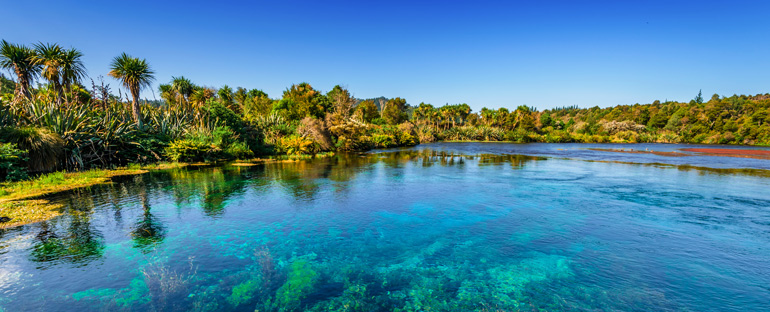He rāpopototanga matua – Tō mātou whakakitenga, ngā wero me ngā āheinga – Executive summary – Our vision, challenges, and opportunities
Nelson Tasman’s workforce and labour market is a result of its demographics, economy, local industries, location, natural environment, climate, and history.
On this page
As your RSLG, we want to ensure we have a resilient economy, productive businesses, and the skilled workforce to enable all Nelson Tasman communities and people to thrive, in accordance with the Te Tauihu Intergenerational Strategy (TTIS) developed by our region for our region.
We are guided by our vision, which identifies 3 outcomes
- We have highly productive, well-functioning sectors, with welcoming workplaces that offer decent work.
- We anticipate and plan for the future.
- We provide support for our people and our businesses, through a responsive education, vocational training, and career development environment.
To achieve our vision, we have identified both regional actions and national recommendations for the sectors and demographic groups in this plan, that we believe will make a difference. We have also made generic national recommendations about workforce training, that are underpinned by our broader regional workforce challenges and opportunities (both current and future), and those that are sector- and demographic-specific.
We’ve identified several challenges in our labour market
To achieve our vision, we first need to understand our regional labour market. A vital first step is working to ensure better data and information are available for workforce planning.
The global impacts of climate change and supply chain issues are both having a significant impact on many of our key regional industries, now and into the future. We also have a national labour and skills shortage. Compared to the rest of New Zealand, our region’s key challenges include:
- low productivity and wages
- an ageing workforce, with the median age of workers increasing
- a declining workforce, with a reduced number of available workers aged between 15 and 64
- attracting and retaining younger workers
- lower skills and qualifications than many other regions
- limited career pathways
- high house prices.
We also have a history of relying heavily on migrant labour, especially for seasonal work. COVID-19 has highlighted this longstanding workforce issue, with many of our industries and workers reporting the added pressure of skill and labour shortages on productivity and working conditions.
We can take the opportunity to make changes
To help our workforce and communities to thrive, our employers and workforce can work together to develop innovative ways to:
- upskill and attract workers
- actively look to automation and other processes to enable better use of human resources
- be open to new ways of working, including job-shaping and rethinking business models
- support our rangatahi to successfully make the transition from school into the workforce.

We’ve focused on specific industries and demographic groups for this first plan
For the first Nelson Tasman RWP, we have specifically focused on workforce planning and actions for two industry sectors (aquaculture and construction), and two demographic groups (rangatahi/youth and older workers). These industries and demographic groups were chosen to reflect the direction set by the TTIS, and to support regional workforce planning underway.
What we’ll do next
We will present this first RWP to Government in July 2022, who will respond formally to the national recommendations by the end of 2022.
We will deliver on the regional actions set out in this plan for the aquaculture and construction workforces, and for rangatahi/youth and older workers.
We will be building on this first plan, looking in detail at the workforce needs of additional sectors that are important to our region:
- primary industry – specifically forestry and horticulture
- visitor sector
- health care and social assistance sector
- Māori business and entrepreneurs.
We will be looking at the opportunities for additional demographic groups currently underserved in the labour force:
- disabled people
- migrants, former refugees, and ethnic communities.
We will also work with iwi/Māori, to gain a better understanding of inequities in our local Māori workforce. This will include understanding inequities in vocational aspirations, access to training and employment in our region, and ways to address those inequities.
The RWP will be updated yearly, and reviewed fully every three years, to ensure we’re making the right decisions for the future of Nelson Tasman. If you would like to engage and provide feedback, please email nelsontasmanrslg@mbie.govt.nz.

